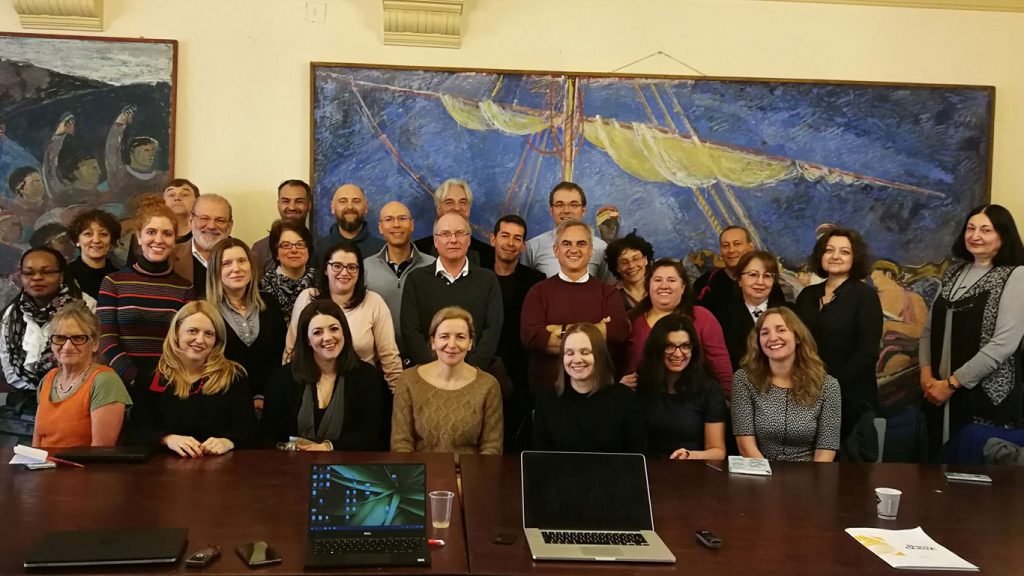Authors: Natália Oliva-Teles, Maria Chiara de Stefano, Louise Gallagher, Severin Rakic, Paula Jorge, Goran Cuturilo, Silvana Markovska-Simoska, Isabella Borg, Jeanne Wolstencroft, Zeynep Tümer, Adrian J. Harwood, Yllka Kodra and David Skuse
Abstract
Copy number variants (CNVs) play an important role in the genetic underpinnings of neuropsychiatric/neurodevelopmental disorders. The chromosomal region 16p11.2 (BP4–BP5) harbours both deletions and duplications that are associated in carriers with neurodevelopmental and neuropsychiatric conditions as well as several rare disorders including congenital malformation syndromes. The aim of this article is to provide a review of the current knowledge of the diverse neurodevelopmental disorders (NDD) associated with 16p11.2 deletions and duplications reported in published cohorts. A literature review was conducted using the PubMed/MEDLINE electronic database limited to papers published in English between 1 January 2010 and 31 July 2020, describing 16p11.2 deletions and duplications carriers’ cohorts. Twelve articles meeting inclusion criteria were reviewed from the 75 articles identified by the search. Of these twelve papers, eight described both deletions and duplications, three described deletions only and one described duplications only. This study highlights the heterogeneity of NDD descriptions of the selected cohorts and inconsistencies concerning accuracy of data reporting.
